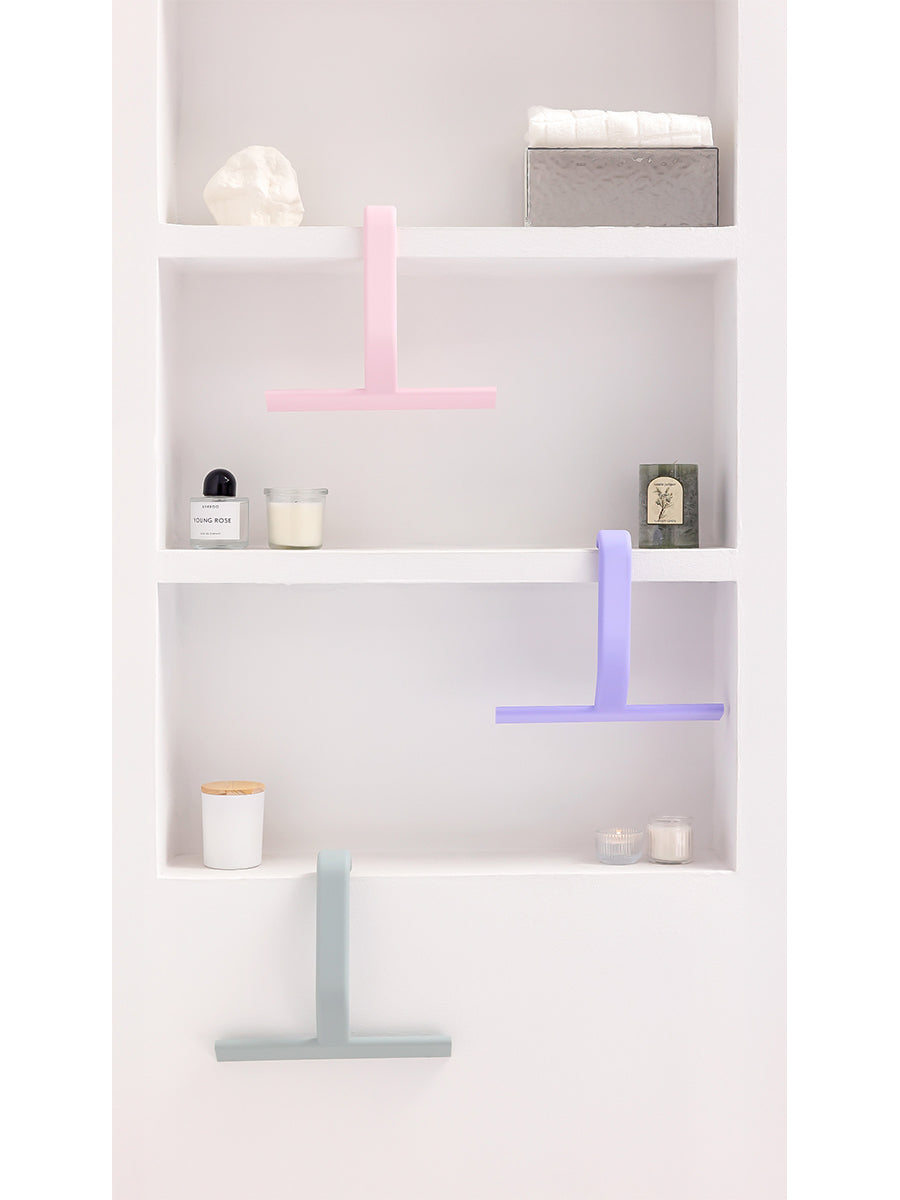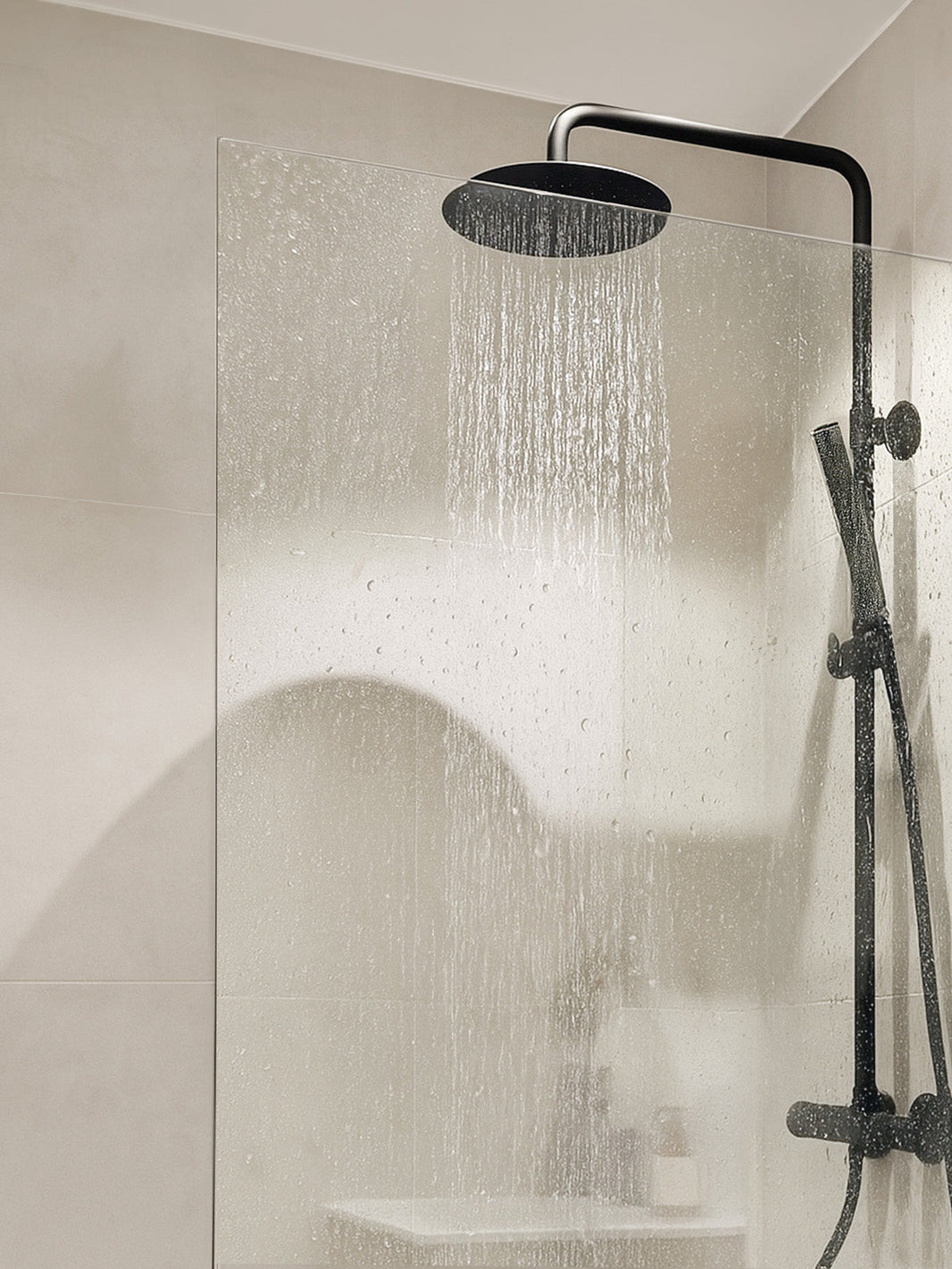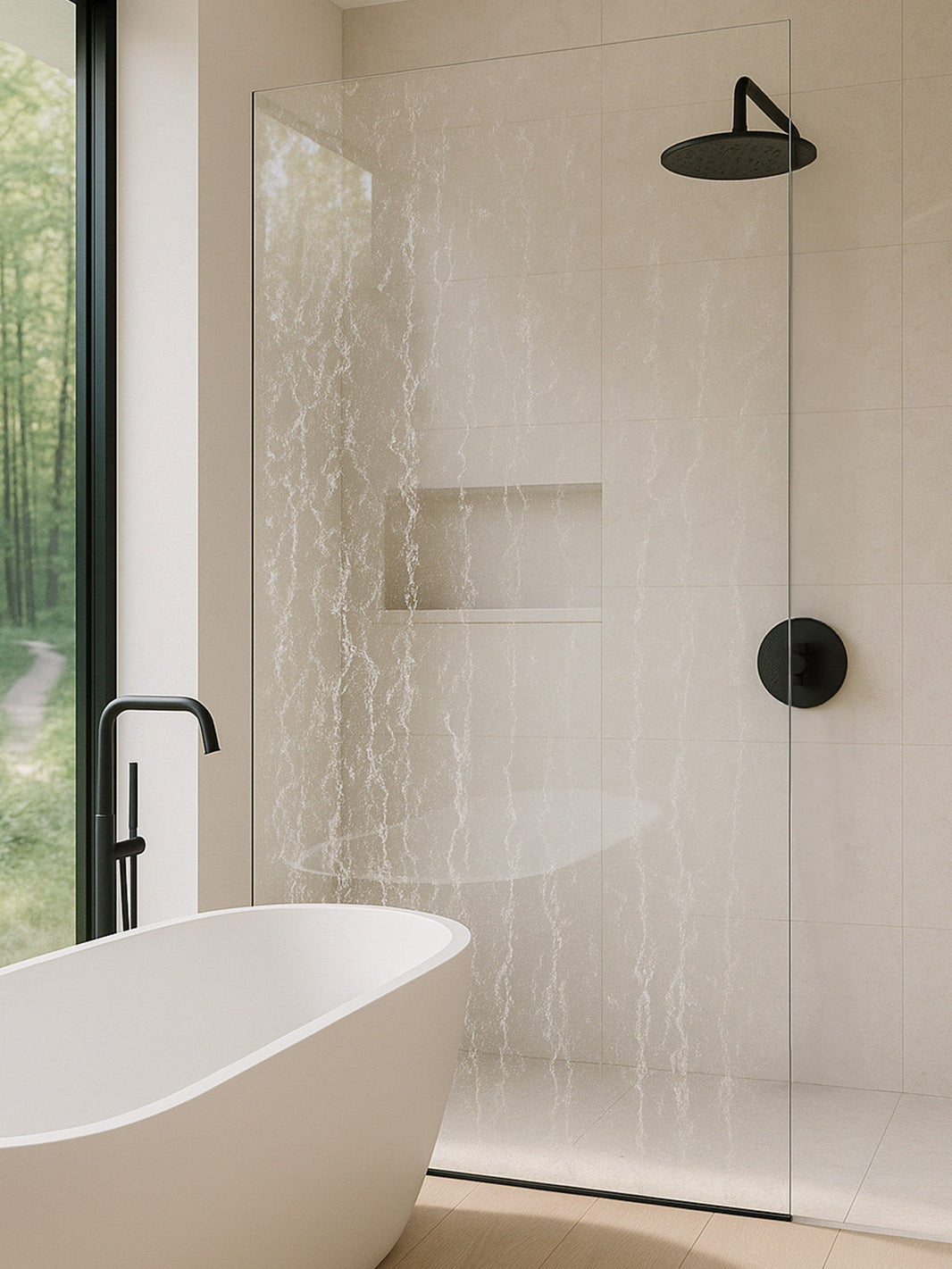Shower Squeegee vs. Towel vs. Spray: Which One Actually Works?
Keeping your shower clean shouldn’t feel like a full-time job. But with so many options—squeegees, towels, daily sprays—what’s truly the easiest and most effective way to prevent water spots, soap scum, and mildew?
Here’s a breakdown of each method to help you find what works best for your home, lifestyle, and cleaning routine.
What Makes a Shower Cleaning Method “Worth It”?
The ideal daily shower-cleaning method should:
-
Prevent hard water stains and soap scum
-
Be gentle on glass, tile, and acrylic
-
Require minimal supplies and low maintenance
-
Be easy to stick to as a daily habit
Let’s look at how each option performs.
1. Shower Squeegee: Quick, Clean, and Reliable
What it is: A handheld tool with a flexible rubber blade that glides over wet surfaces to remove water.
Pros
-
Delivers streak-free results in seconds
-
Prevents hard water buildup and mold
-
Doesn’t require any chemicals
-
Long-lasting and reusable
Cons
-
Works best when used daily
-
Some designs can be bulky or unattractive
Best for:
Glass shower doors, tiled walls, mirrors
Why JustHang Stands Out
Not all squeegees are created equal. The JustHang Shower Squeegee is specifically designed to meet the real needs of modern households:
-
Tool-free, no-drill installation—sticks securely to glass or metal surfaces with a built-in hanger
-
Sleek and compact—blends into minimalist bathrooms
-
Rust-proof and hygienic—one-piece silicone body means no screws, no mold traps
-
Comfortable to hold—even with wet hands
In short: It’s a small invesent that pays off daily in cleaner glass, easier maintenance, and a better-looking bathroom.
2. Towel Drying: Low Cost, High Effort
What it is: Using a towel or microfiber cloth to wipe down walls and doors after each shower.
Pros
-
No new purchase required—everyone has towels
-
Good for tight spaces and curved surfaces
Cons
-
Takes more effort than other methods
-
Can leave behind streaks or lint
-
Must be washed regularly to avoid odor
Best for:
Small showers, spot cleaning, households without much glass
Tip: Use a dedicated towel for shower drying and wash it every few days.
3. Daily Shower Spray: Set It and (Sort of) Forget It
What it is: A leave-on spray that prevents soap scum and helps reduce buildup on wet surfaces.
Pros
-
Easy—just spray after showering
-
Helps extend the time between deep cleans
-
Can be used in combination with squeegees or towels
Cons
-
Ongoing cost for commercial refills
-
Some formulas use strong chemicals
-
Doesn’t actually remove water—so spots may still form
Best for:
Busy families, low-maintenance routines, spray+swipe combinations
DIY Tip: Mix vinegar, dish soap, and water for a natural spray alternative.
So, Which Method Wins?
Here’s how the three stack up in key categories:
Squeegee
-
Best for: Glass and tile showers
-
Daily Effort: Moderate
-
Effectiveness: Excellent
-
Cost Over Time: Very low
Towel
-
Best for: Small spaces or textured surfaces
-
Daily Effort: High
-
Effectiveness: Moderate
-
Cost Over Time: Very low
Spray
-
Best for: Low-maintenance upkeep
-
Daily Effort: Low
-
Effectiveness: Fair to Good
-
Cost Over Time: Medium
Final Verdict: Go with the Squeegee
If you’re looking for a method that takes under a minute, reduces long-term cleaning work, and keeps your bathroom looking fresh, the squeegee is the clear winner. It’s low-effort, high-impact—and it saves your glass from hard water damage.
Best combo? Use a squeegee for daily water removal and add a gentle spray a few times a week to fight deeper buildup.
Final Tips for a Cleaner Shower
-
Squeegee right after each shower while the surface is still wet
-
Ventilate the bathroom to reduce moisture buildup
-
Descale fixtures monthly using white vinegar
-
Wash towels and mats regularly to prevent mildew and odors
Ready to Upgrade Your Routine?
The JustHang Shower Squeegee makes your bathroom maintenance easier, faster, and more satisfying. No drills, no rust, no excuses—just a cleaner shower with every swipe.



